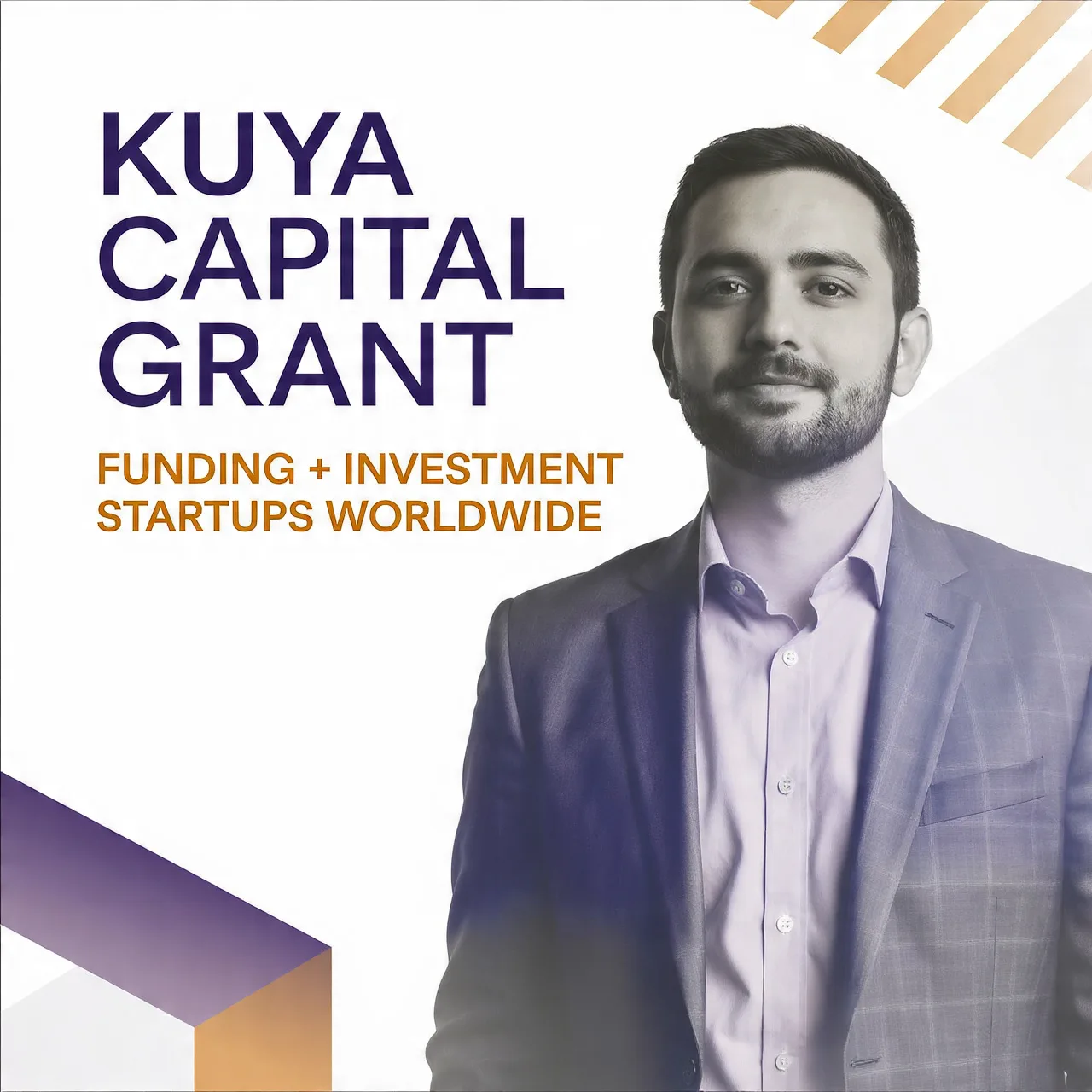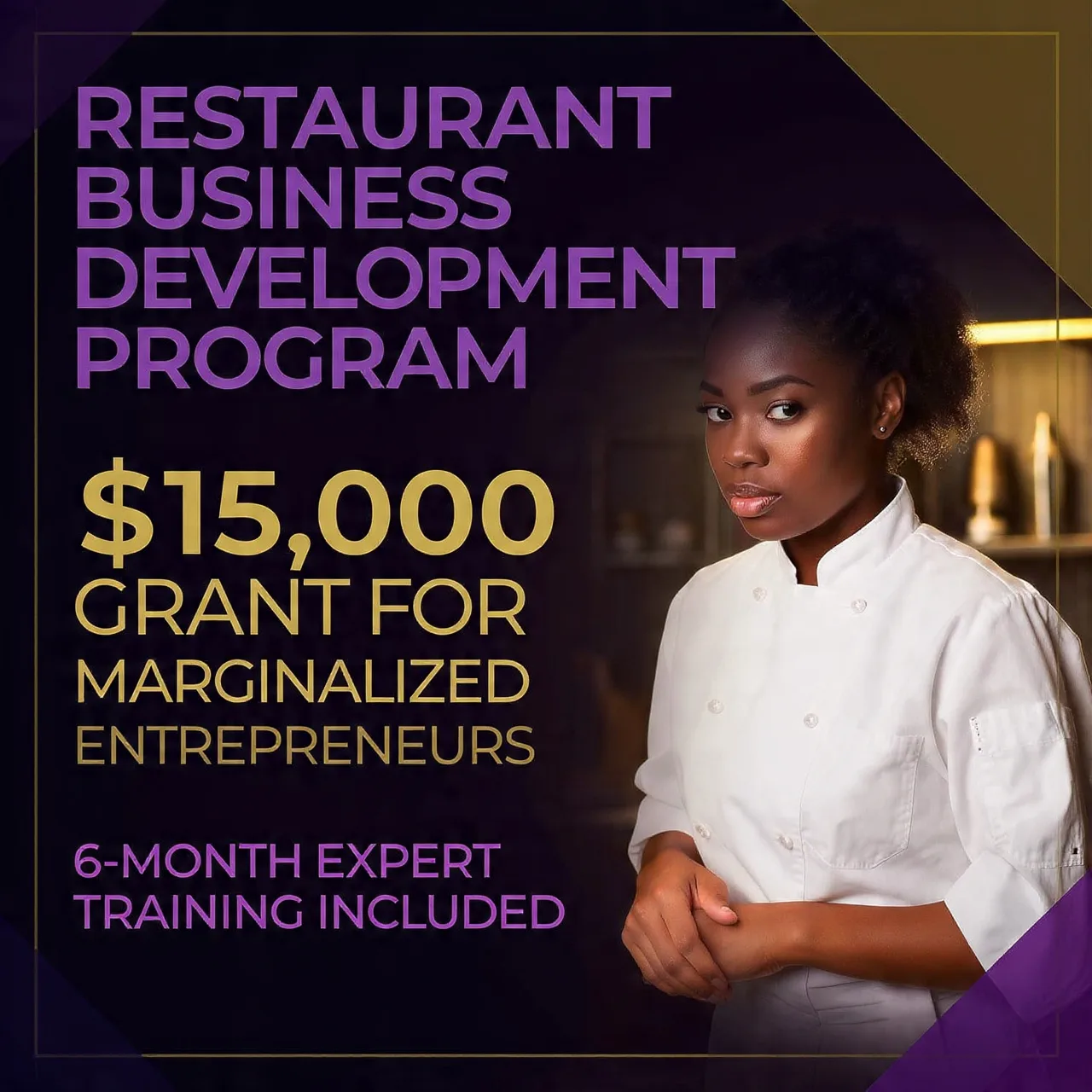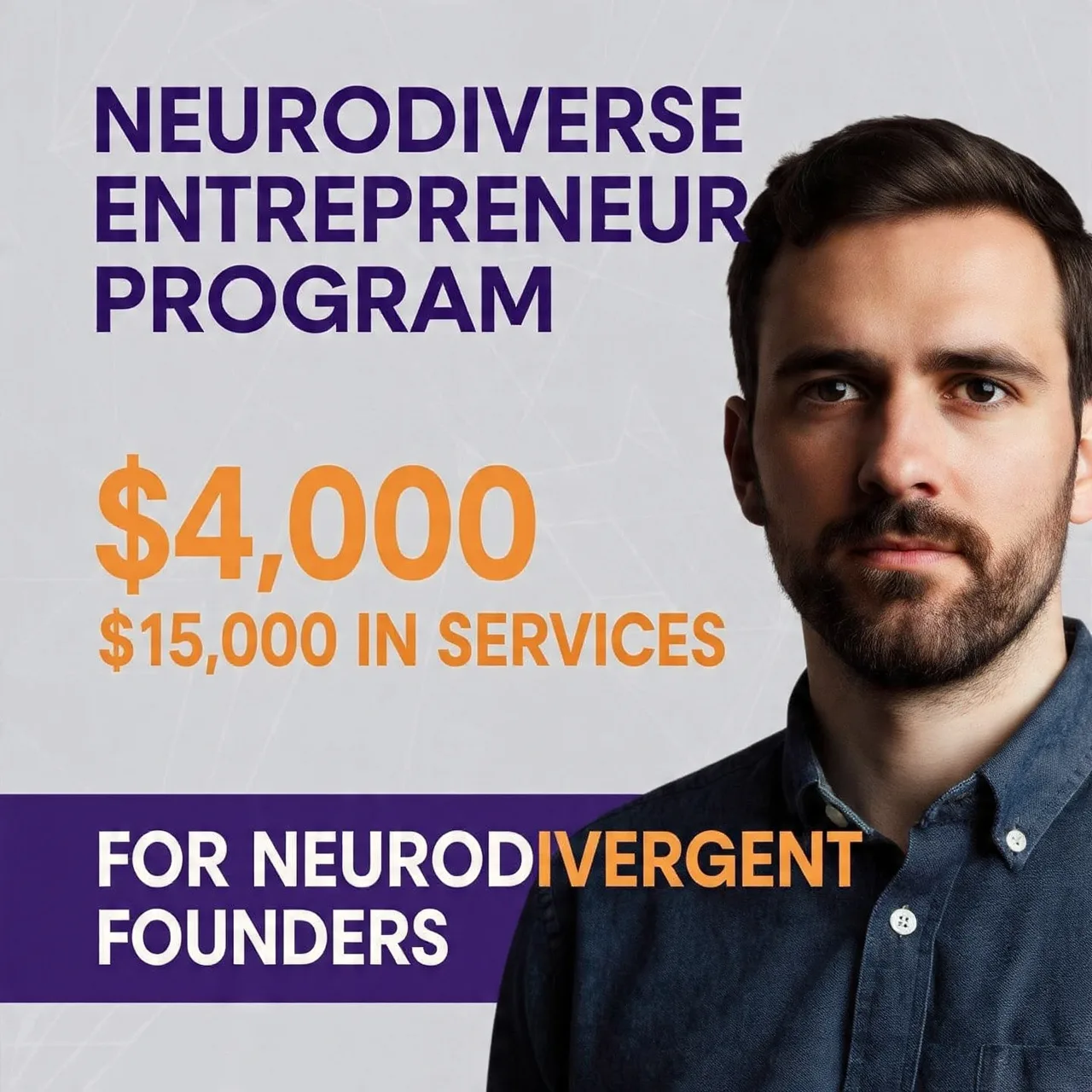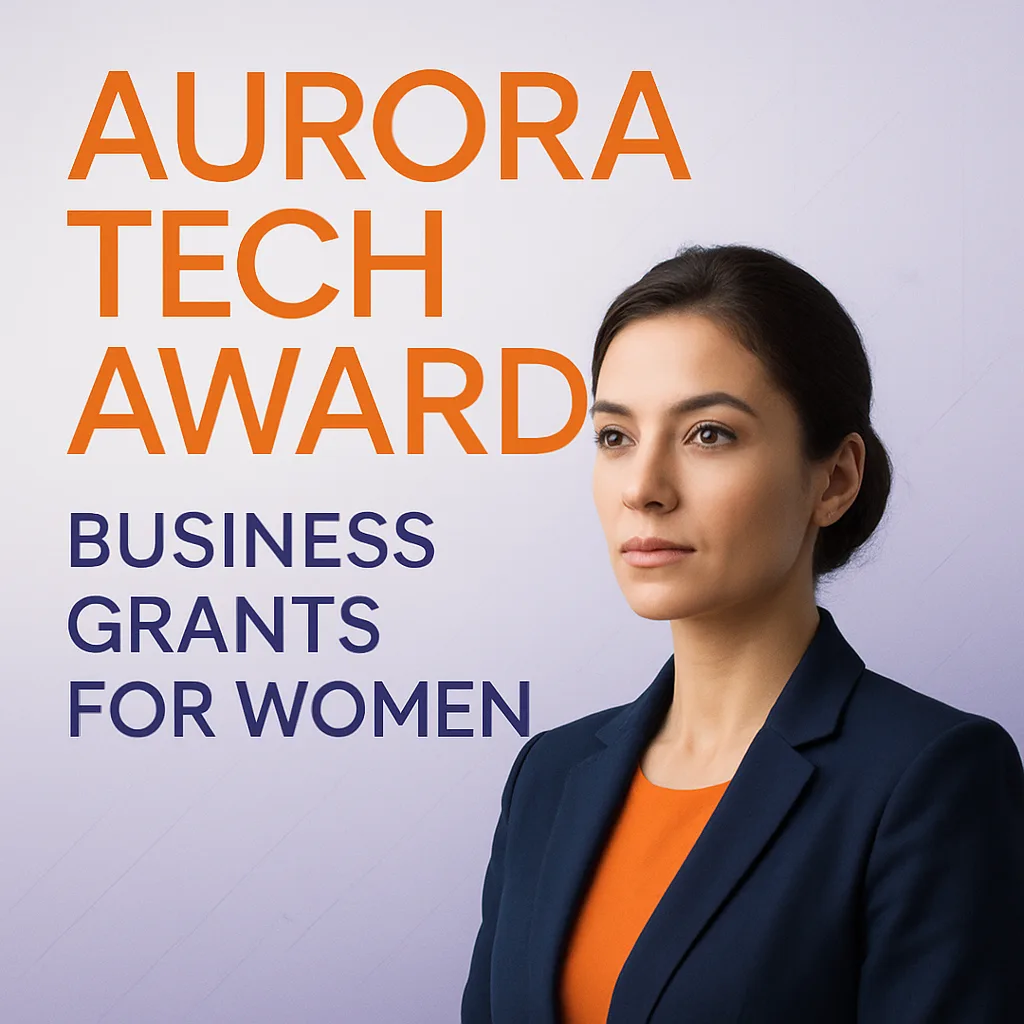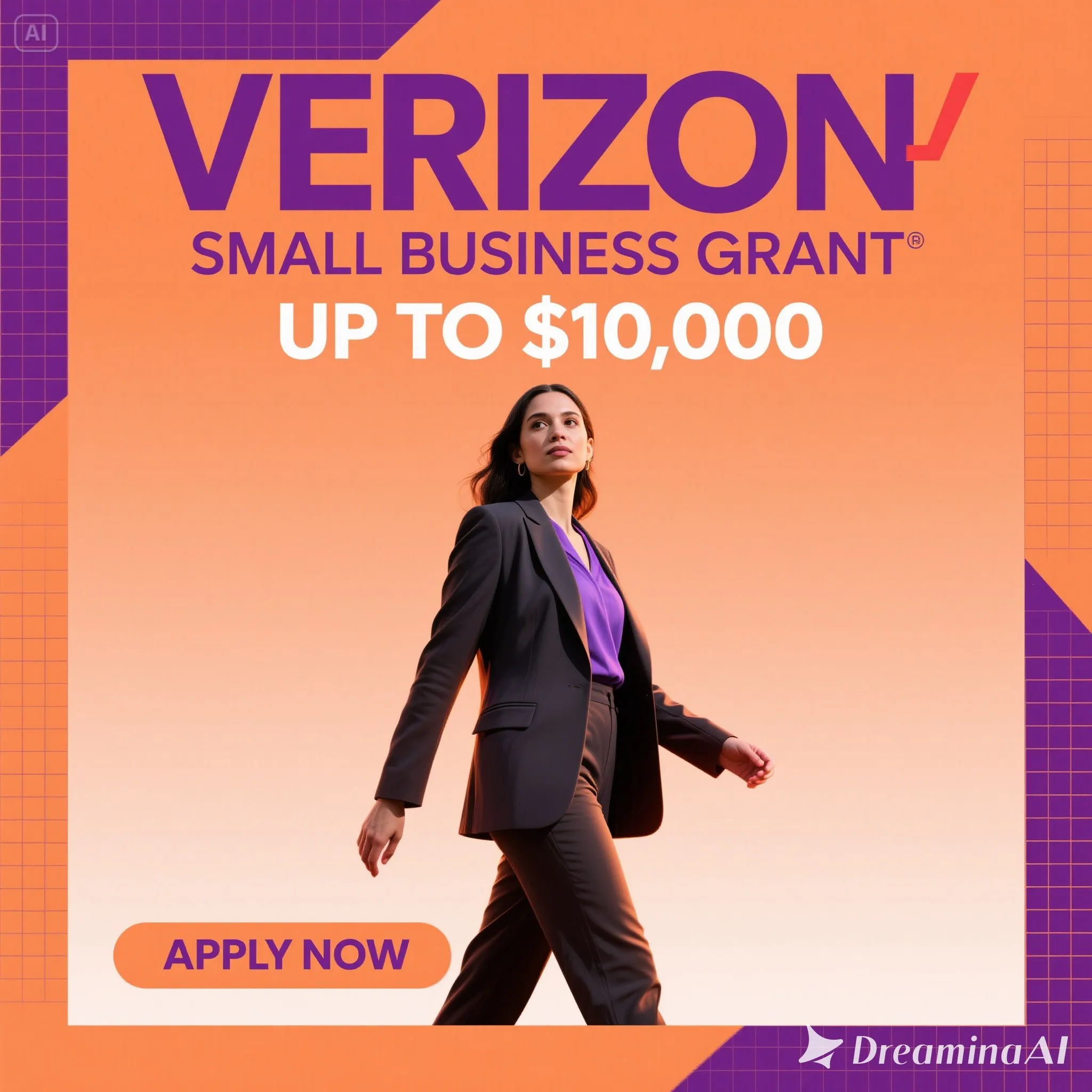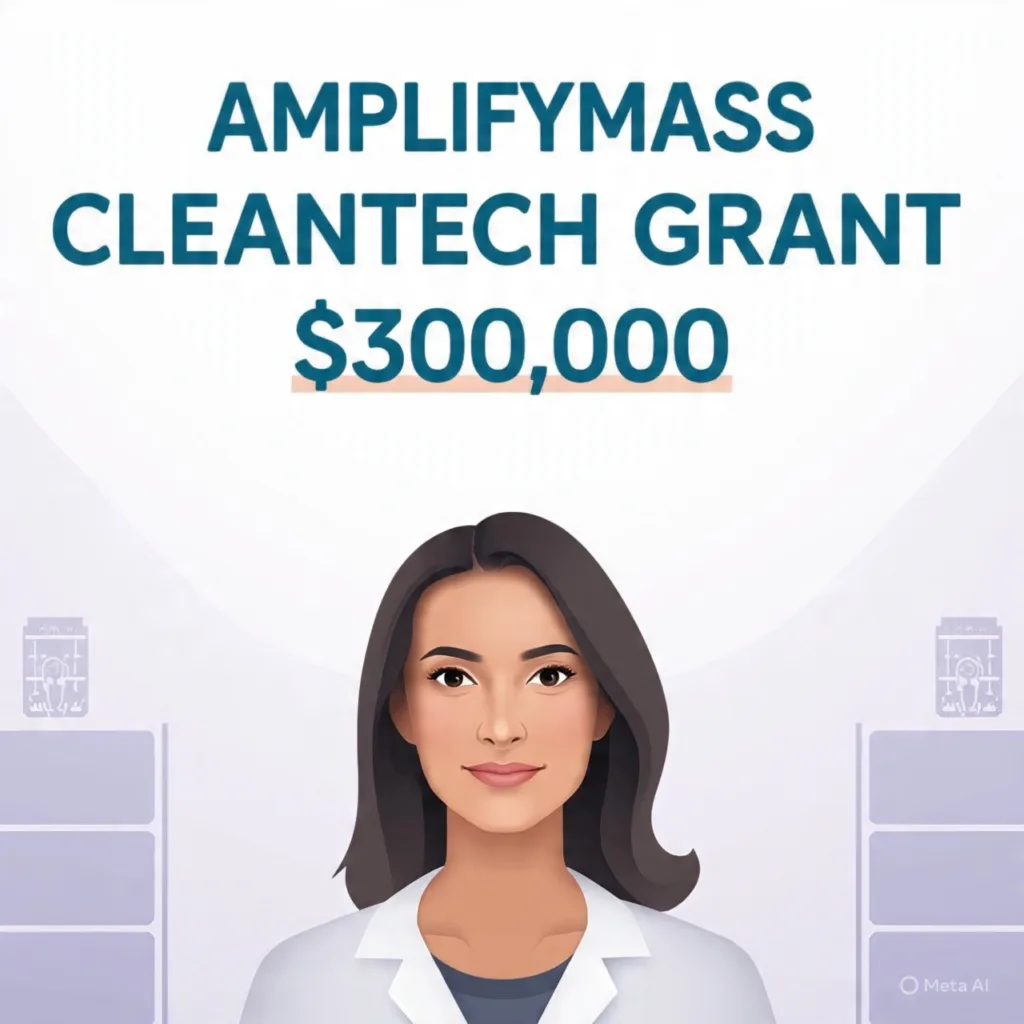
AmplifyMass Grant 2025: Unlock $300,000 in Cost-Share Funding for Your Federal Award
Unlock up to $300,000 in cost-share funding for your ARPA-E, NSF, or DOE grant. Massachusetts cleantech innovators transform federal awards into reality.
Grant Overview
Bridge the funding gap for Massachusetts cleantech innovators with strategic cost-share support for ARPA-E, NSF, DOE grants
If you’re staring at a federal grant award letter that requires 20% to 50% cost-share and wondering where that money comes from, AmplifyMass just became your new best friend. This Massachusetts Clean Energy Center program writes checks up to $300,000 specifically to cover the matching funds requirement that makes so many federal grants feel like a catch-22. You know the drill: you win a million-dollar ARPA-E award but need to come up with $250,000 of your own money to unlock it. That’s where this program steps in.
The Real Story Behind This Grant
MassCEC recognized something broken in the funding ecosystem. Federal agencies like ARPA-E, the Department of Energy, and the National Science Foundation hand out substantial awards for cleantech innovation, but they come with strings attached. Most require recipients to put skin in the game through cost-share requirements that can range from 20% to 50% of the total project cost. For a startup burning through runway or an academic lab operating on tight budgets, finding that match can kill the deal.
So Massachusetts decided to fix it. Rather than watch promising innovations die because of bureaucratic funding structures, they created AmplifyMass as essentially a grant to help you get other grants. It’s meta-funding at its most practical.
The program operates with two distinct tracks. Companies and academic institutions pursuing federal or non-federal prime awards can access up to $300,000 in cost-share or additive funding. Academic researchers working on standalone commercialization projects that aren’t tied to a prime grant can get up to $100,000.
But here’s what the official documentation won’t tell you straight up: this is Massachusetts betting on becoming the dominant cleantech hub in America. They’re not just filling funding gaps. They’re making sure that when the next breakthrough in battery storage or carbon capture happens, it happens here. Every major business grant has an agenda, and AmplifyMass is no different. The agenda just happens to align perfectly with what innovators need.
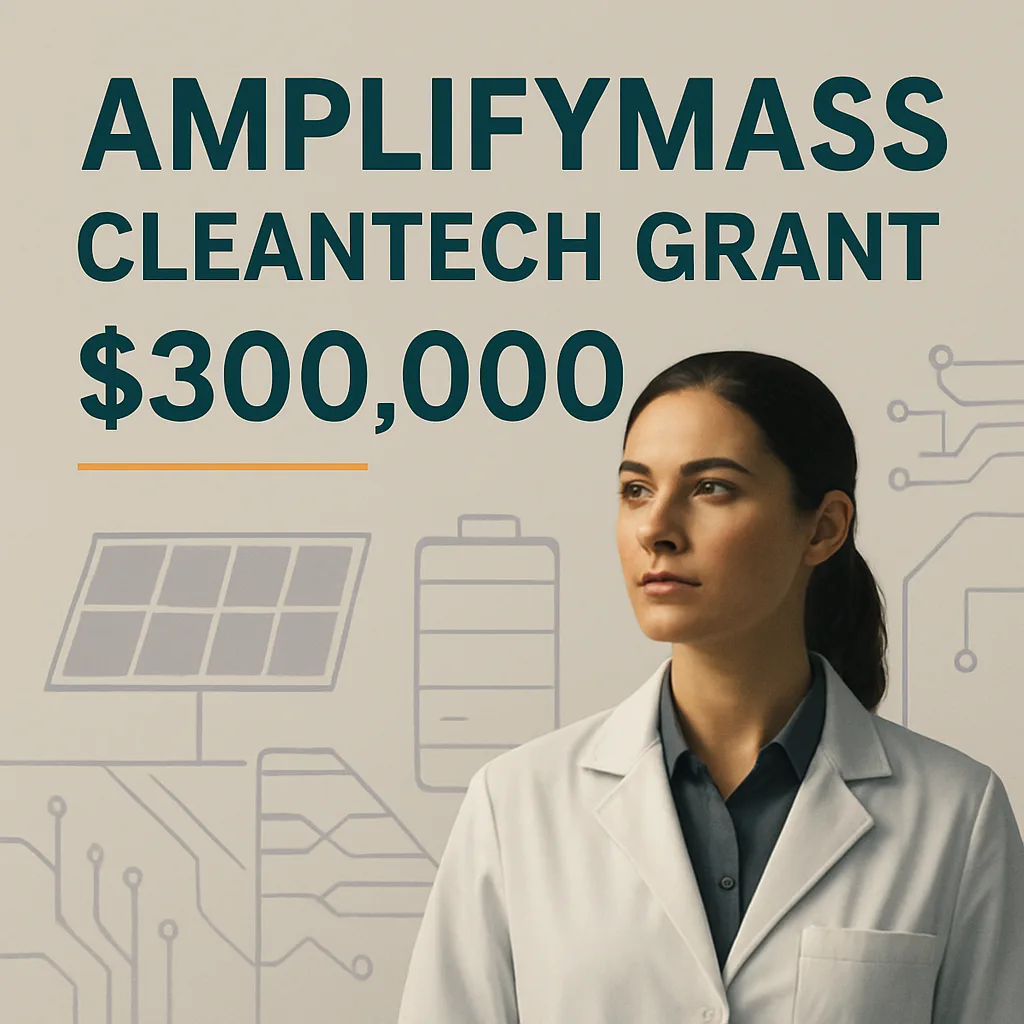
What Makes AmplifyMass Different From Other State Programs
Most state economic development programs throw money at job creation metrics or tax revenue potential. AmplifyMass plays a different game entirely. It specifically targets projects at that crucial transition point between laboratory breakthrough and commercial viability.
The sweet spot? Technologies that have proven their science works but haven’t yet proven their economics work. Think solid oxide fuel cells that operate at lower temperatures than anything on the market. Or AI-powered waste sorting systems that could revolutionize recycling economics. Or floating wind turbine anchoring systems that could unlock offshore wind potential in deep waters.
Q: Can I apply if I haven’t received my federal award yet?
A: Yes, but timing matters. Apply after you know you’re getting the federal award but before contracts are signed.
Q: What if my federal grant doesn’t require cost-share?
A: You can still apply for “adder” funding to expand your project scope.
Q: Do I need to be a Massachusetts company?
A: You need “significant Massachusetts presence” which they evaluate case by case.
How the Money Actually Works
Let’s cut through the bureaucratic language and talk real numbers. If you’re a company with a $2 million ARPA-E award requiring 30% cost share, you need $600,000 in matching funds. AmplifyMass can provide up to $300,000 of that, cutting your fundraising burden in half. For academics, the math often works even better since university overhead rates can eat up huge chunks of federal grants.
The funding comes as a grant, not a loan or equity investment. No dilution. No debt. No complicated cap tables to explain to your next investor. Just money that unlocks more money.
Payment happens through milestone-based disbursements negotiated in your contract. Hit your technical benchmarks, submit your progress reports, and the funds flow. Standard government contracting stuff, but Massachusetts actually moves reasonably fast compared to federal agencies. Figure 3 to 6 months from application to award notification, then another month to finalize contracts.
Q: Is there a minimum award amount?
A: No official minimum, but very small requests rarely make sense given the paperwork involved.
Q: Can I combine AmplifyMass with other MassCEC programs?
A: Potentially yes, but discuss with program officers first.
Q: What happens if my federal grant falls through?
A: Your AmplifyMass award becomes void since it’s contingent on the prime award.
The Unwritten Selection Criteria
Sure, they publish official review criteria about technical merit and commercialization potential. But having watched this program evolve, here’s what really moves applications to the top of the pile:
Technologies that address massive markets with clear climate impact get priority. Not because MassCEC is particularly altruistic, but because those projects attract follow-on investment and create ecosystems. A breakthrough in grid-scale energy storage doesn’t just create one company. It creates suppliers, customers, service providers, and competitors all clustered in Massachusetts.
Projects with clear paths to manufacturing or deployment in Massachusetts score higher. They want the jobs here, not just the IP. If your innovation will eventually need a factory, better start thinking about where in Massachusetts that factory might go.
Academic projects that involve industry partners or have clear tech transfer strategies win over pure research plays. This isn’t funding for another paper. It’s funding for innovations that will walk out of the lab and into the market.
Past Winners Tell the Real Story
Look at who’s won before and you see the pattern. Electrified Thermal Solutions scored $300,000 to develop their Joule Hive thermal battery for industrial heat. That’s not some incremental improvement. That’s potentially replacing fossil fuels in cement and steel production. GridEdge Networks got over half a million to scale their distributed energy resource management platform. These aren’t science projects. They’re business plays with massive market potential.
Even the smaller awards tell you something. rStream got $125,000 for AI-powered waste sorting. Smaller check, but the technology could transform a massive industry. The common thread? Technologies that could fundamentally change how entire sectors operate, not just optimize existing processes.
Q: How competitive is the program?
A: Very. Apply early and make your commercial case crystal clear.
Q: Can international companies apply?
A: Only with significant Massachusetts operations already established.
Q: Does the grant cover indirect costs?
A: Yes, standard indirect rates apply for academic institutions.
Q: Can I reapply if rejected?
A: Yes, especially if you address the feedback provided.
The 3-Point Checklist for a Winning Application
After analyzing successful applications and talking to program officers, three factors separate winners from the pile:
First, nail your Total Addressable Carbon analysis. This isn’t just about market size. It’s about quantifying exactly how many tons of CO2 your technology removes from the atmosphere at scale. Be aggressive but defensible. Show them the climate impact in numbers they can put in their annual report.
Second, demonstrate Massachusetts leverage beyond just your location. Who are your suppliers here? Your customers? Your research partners? Paint a picture of an innovation ecosystem with your project at the center. Successful grant applications always tell a story bigger than just the applicant.
Third, show them the follow-on funding pathway. AmplifyMass money unlocks federal money, but what unlocks the next round? Series A? Strategic partnership? Additional federal programs? They’re not looking for companies that need permanent life support. They want to fund the bridge to self-sufficiency.
Common Application Mistakes That Kill Your Chances
The biggest killer? Applying too late. You need to submit before your federal award contract is signed. Not before it’s announced. Not before you’re celebrating. Before the ink hits paper. Miss that window and you’re out.
Second biggest mistake is treating this like free money with no strings. Every grant has strings. With AmplifyMass, the strings include Massachusetts presence requirements, reporting obligations, and performance milestones. If you’re not prepared for quarterly reports and annual audits, reconsider.
Third mistake is underselling the commercial potential. Yes, MassCEC cares about advancing science. But they care more about advancing Massachusetts’ economy. Your breakthrough means nothing if it doesn’t eventually create jobs, attract investment, and generate tax revenue. Make the business case as strong as the technical case.
Q: When should I start preparing my application?
A: As soon as you submit your federal grant application.
Q: How detailed should my budget be?
A: Extremely. Use their template and justify every line item.
Q: Can consultants help with the application?
A: Yes, and it’s often worth the investment for larger awards.
Q: What if my technology pivots during development?
A: Communicate early with program officers about any major changes.
Q: How do they define “significant Massachusetts presence”?
A: Case by case, but typically means majority of work happens in state.
Making Your Application Stand Out
Your application lands in a stack with dozens of others, all claiming revolutionary potential. Here’s how to rise above the noise:
Lead with outcomes, not process. Don’t tell them you’re developing a novel membrane technology. Tell them you’re cutting the cost of hydrogen production by 50%. The technology is the how. The outcome is the why.
Include letters of support that matter. Not generic endorsements from your advisory board. Real letters from potential customers explaining exactly how your technology solves their problem and what they’d pay for it. Nothing validates commercial potential like someone willing to write a check.
Budget for success, not survival. Ask for enough money to hit meaningful milestones. Better to request $300,000 and deliver breakthrough results than $150,000 and inch forward. They’re investing in winners, not participants.
Timeline Realities You Need to Know
The official timeline says 3 to 6 months from submission to award. Reality? Plan for the longer end of that range. Budget your cash runway accordingly. This isn’t emergency funding. It’s strategic funding that requires patience.
Once you get the award letter, contracting takes another month minimum. Then you need to execute your federal award contract before MassCEC releases funds. All told, you could be looking at 8 months from application to first dollar in the bank. Other grant programs might move faster, but they won’t write checks this large.
The rolling application deadline seems like a blessing, but it’s actually a test. Apply too early before your federal award is certain, and you waste everyone’s time. Apply too late after contracts are signed, and you’re ineligible. The sweet spot is immediately after federal award notification but before contract negotiation concludes.
Q: Can I start work before funding arrives?
A: At your own risk. Pre-award costs aren’t guaranteed reimbursement.
Q: How often can I apply?
A: Each new federal award can trigger a new application.
Q: Do they fund retroactive costs?
A: Generally no, except in specific pre-approved circumstances.
Look, putting together a competitive AmplifyMass application while juggling federal grant requirements and running your actual research or business is like juggling flaming torches while riding a unicycle. It’s doable, but most people end up with singed eyebrows. If you’re serious about maximizing your chances and you’ve got a legitimate shot at this funding, that’s exactly what we help with at Grantaura. Professional grant writers who speak fluent bureaucrat but translate it into winning applications. Your innovation deserves funding. Sometimes it just needs the right translator. CLICK HERE to get GRANT PROPOSAL WRITING help.
Donor: Massachusetts Clean Energy Center (MassCEC)
Focus: cleantech, climate technology, energy innovation, cost-share, federal grants, commercialization, ARPA-E, NSF, DOE, research funding, Massachusetts innovation
Region: Massachusetts, United States
Eligibility:
– Massachusetts-based small businesses meeting SBA size standards
– Massachusetts academic institutions and universities
– Projects must qualify as clean energy and climate technology
– For cost-share: Must apply before federal contract execution
– Companies: Only for federal/non-federal prime award cost-share or adders
– Academics: Can also apply for standalone commercialization projects
– Must demonstrate significant Massachusetts presence
Benefits:
– Financial Award: Up to $300,000 for cost-share or adders (companies and academics with prime awards)
– Financial Award: Up to $100,000 for standalone academic commercialization projects
– Milestone-based grant disbursements (not loans or equity)
– Technical review and feedback from subject matter experts
– Connection to Massachusetts cleantech ecosystem
– No dilution or debt obligations
Deadline: Rolling (applications reviewed continuously)
Terms:
– Cost-share: Matching funds requirement for federal or non-federal prime awards that helps recipients meet obligatory contributions
– Adder funding: Supplemental funds that expand project scope beyond the original prime award parameters
– Prime award: The primary federal or non-federal grant requiring cost-share (like ARPA-E, NSF, DOE awards)
– Significant Massachusetts presence: Substantial operations, employment, or research activities within Massachusetts (evaluated case-by-case)
– Clean energy and climate technology: Innovations that reduce greenhouse gas emissions, advance renewable energy, or improve energy efficiency
– Total Addressable Carbon: Required analysis quantifying the potential CO2 reduction impact of your technology at full market scale
Author: As someone who’s spent years helping cleantech innovators navigate the valley of death between invention and commercialization, I see AmplifyMass as one of those rare programs that actually understands what kills promising technologies. It’s not usually bad science. It’s the cruel math of matching funds requirements that force innovators to spend more time fundraising than innovating. The Massachusetts Clean Energy Center got this right by creating a mechanism that lets innovators focus on what they do best: innovate. At Grantaura, we’ve guided dozens of cleantech companies through complex federal grant applications, and the cost-share requirement consistently emerges as the highest hurdle. This program doesn’t just provide funding; it provides freedom to pursue ambitious technical milestones without diluting your cap table or taking on debt. I founded Grantaura specifically to democratize access to grant funding for innovators who have groundbreaking ideas but might not have grant-writing expertise. If you’re sitting on a federal award letter and stressing about cost-share, let’s talk. The future of cleantech might literally depend on getting your innovation funded and scaled. – Imran Ahmad, Founder of Grantaura
Who Can Apply?
How to apply for this grant?
We are your trusted grant application partners. You can navigate the entire grant application process with our expert guidance through this simple 5-step process.
Step 1: Application Form
Fill out the "Apply for this grant" form with your information and grant requirements.
Step 2: Eligibility Assessment
Our grant experts will assess your eligibility and notify you via email.
Step 3: Expert Consultation
A dedicated grant expert will be assigned to discuss next steps for your application.
Step 4: Application Submission
Our expert will help you complete and submit your application with all required materials.
Step 5: Final Decision
The grant committee will make their decision and notify successful applicants.





